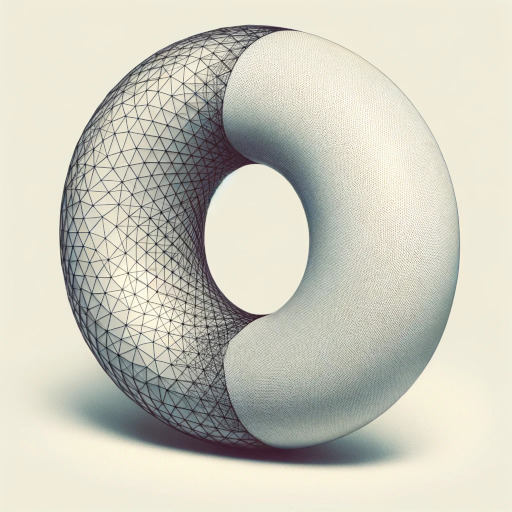HOLES: Higher-Order Learning of Essential Structures with Geometry and Topology

This project, originally accepted as an ERC Starting Grant 2024, is graciously founded by the Swiss State Secretariat for Education, Research and Innovation under the transitional measures for the Horizon package 2021–2017. Its main idea is to develop novel methods, driven by the interplay of geometry and topology, to improve our understanding of data and neural networks.
Summary
Modern science is rapidly approaching an inflection point: technologies such as massively-parallel sequencing produce vast amounts of data, promising deeper insights into crucial phenomena. At the same time, the high dimensionality and complexity of such data impede their analysis. This results in a critical need for novel machine learning techniques and metrics that are capable of addressing common issues, in particular the prevalence of multiple scales and noisy measurements, without suffering from the untenable requirements in terms of sample size or compute resources as common deep learning methods.
Motivated by this lack of methods that serve to understand the behaviour of high-dimensional data sets in high-stakes application areas like biology and medicine, HOLES will enrich machine learning with a new family of methods that leverage higher-order geometrical and topological aspects from data at multiple scales. This will be achieved by the development of inductive biases that address all parts of the learning process, including novel views on data, novel regularisation strategies, and novel computational architectures. Geometry will provide fine-grained, local descriptions, while topology will serve as a robust scaffold that captures global structural properties. The joint use of geometry and topology for capturing higher-order information is under-explored so far and promises powerful machine learning algorithms that are poised to address the challenges of modern data analysis. HOLES will augment machine learning research with hitherto-unconsidered facets, introducing a novel paradigm that will enable a unified geometrical-topological perspective for analysing and understanding data.
Acknowledgements
This grant would not have been possible without the (direct or indirect) support of Nicolas Battich, Karsten Borgwardt, Michael Bronstein, Na Cai, Corinna Coupette, Catherine Jutzeler, Dominik Jüstel, Roland Kwitt, Michael Menden, Christopher Morris, Tristan Petit, Michael T. Schaub, and Fabian Theis. Thank you.